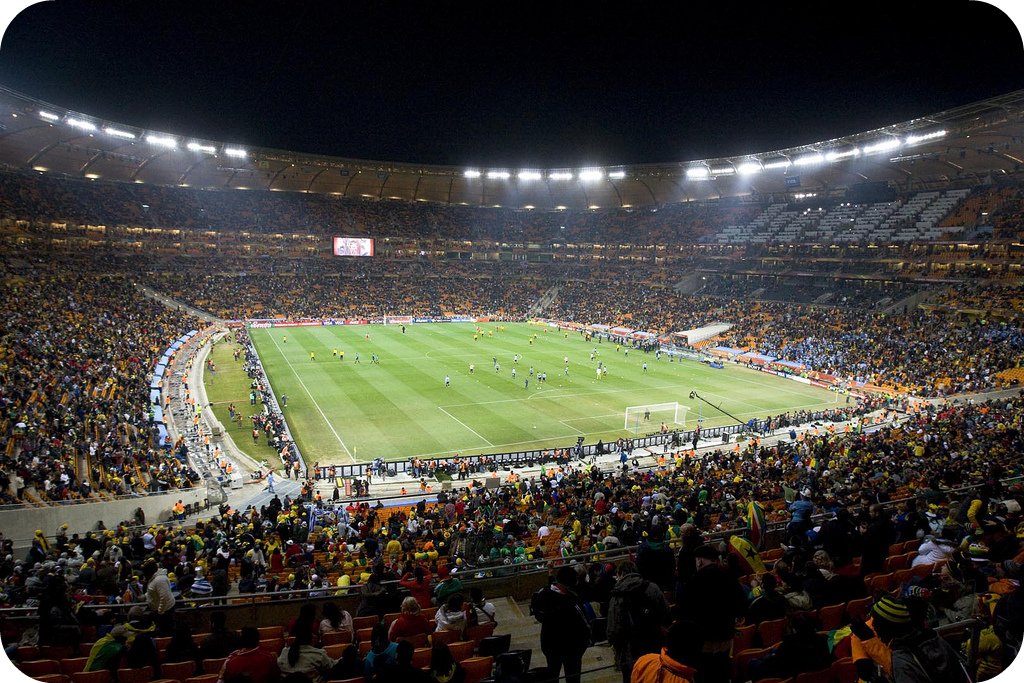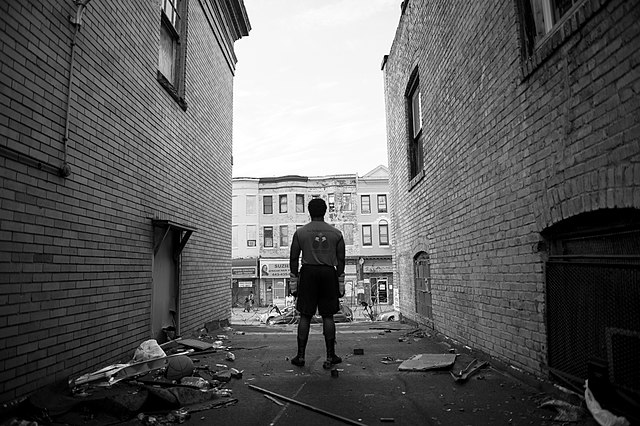Stadiums throughout history - from the coliseums to today
How have the facilities changed over the years and what has improved today?
For thousands of years, sports stadiums have served as a gathering place for spectators to admire the athletic achievements of their favorites. From Ancient Greece and Ancient Rome to the present day, stadiums are extremely valuable to people and often become cultural or architectural icons of the civilizations that build them. Nowadays, they are also used for other purposes, for example for concerts or events of a similar nature. Their structure is such that it allows all spectators in the stands to see what is happening on the field, track or stage.
It's amazing how the sports stadium has evolved over time while staying true to its ancient roots.
The oldest known such facilities date back to the years before the new era. They were built to host the Olympic Games, where the ancient Greeks witnessed sporting events showcasing incredible human athleticism. Since 776 BC Tens of thousands of citizens gather at Olympia to watch the first Olympic race, the 200-yard dash. At first the track was simply packed clay, but later simple borders appeared to create separate corridors, as well as flat stones to enable each runner to start from a flat surface. The stands are in the shape of a horseshoe or "U".
The Greeks also built hippodromes, which were similar in layout but wide enough to accommodate chariot races drawn by four horses. One of the first huge stadiums was Panathinaic in Athens, which was built in 330. BC and has a capacity of 50 thousand people. Curiously, it is the only one in the world made of marble and is still intact today. It was used at the Olympic Games in the Greek capital in 2004.
The Romans improved the idea of a stadium, creating circular amphitheatres. They herald the modern stadium with their circular enclosed design that optimizes the audience experience. Various events are held on it, among which gladiatorial fights are the most attractive, theatrical plays, hunting of exotic animals and even executions. The Colosseum in Rome, which has been destroyed by time but is still visible, holds at least 60 thousand spectators, which equates to a fairly large stadium.
The ancient Romans also built the Circus Maximus, which was an arena for chariot races. It has a capacity of 150 thousand seats, and the events held there are even more exciting and sometimes more deadly than gladiator fights.
The fall of the Roman Empire brought with it a century-long hiatus in stadium innovation. Only in the Middle Ages were some sports arenas built. An example of this is the places where battles between riders with large spears take place. They are, however, a place to place a small tribune in a castle-yard, or in an open field, with a space divided into two by a fence, so as to prevent horses and men-at-arms from encountering each other in any other way than by their weapons . It was only after the emergence of new organized sports such as football, cricket, American football and baseball that the public began to give ideas for the construction of the modern stadium.
At the beginning of the 19th century, English architects revived the art of this facility. The first example is the Lord's Cricket Ground in London, which was built to cater to the cricket craze of the English capital. It is also one of the oldest stadiums that continues to host matches to this day.
Overall, the first modern stadiums were built with the idea of being fit for certain events. In Britain, football stadiums are rapidly emerging, while baseball facilities are appearing in the United States. One of the first multi-sport stadiums was Landsdowne Road Stadium in Ireland. On it, in addition to a football field, there is also an athletics track.
With the revival of the Olympic Games in the late 19th century, the idea of a truly modern stadium was also revived. For the fourth Games in 1908, the first facility was built, allowing to play a variety of sports. This is White City Stadium in London. The stands, with more than 50,000 seats, are partially covered, which is an absolute innovation. This leads to the construction of more similar stadiums.
In the first half of the 20th century, the number of stadiums that could measure the size of the facilities in Ancient Rome increased significantly, and one of the most impressive examples is the Stakhov Stadium in Prague, built in 1934 and having more than 240 thousand seats.
Over the years, the design of the stadiums has changed drastically, with which the shapes have become very different. Some are rectangular with curved corners, others are elliptical, others are similar to the ancient Greek horseshoe-shaped stadiums. The construction of large stadiums in the 20th century was greatly facilitated by the use of reinforced concrete.
It wasn't until 1959 that the first stadium was built that didn't have columns supporting its roof. This is Dodger Stadium in Los Angeles. The example was followed all over the US and then the rest of the world. Six years later, the first fully covered stadium appeared. This is the Houston Astrodome.
At a later stage, the possibility of using a variety of materials to support the huge roof structures appeared, and thus the most luxurious and modern stadiums in the world were created. Today's technology allows for a wide variety of such equipment, and some of the best will be seen in Qatar during the 2022 FIFA World Cup.




